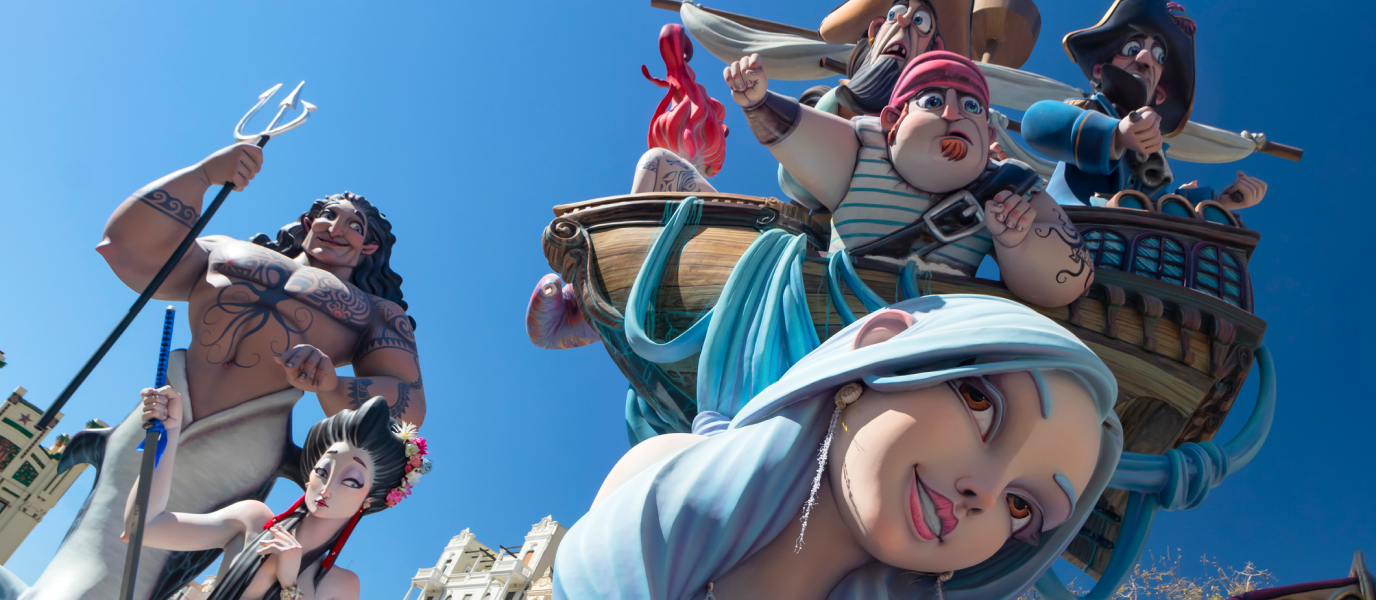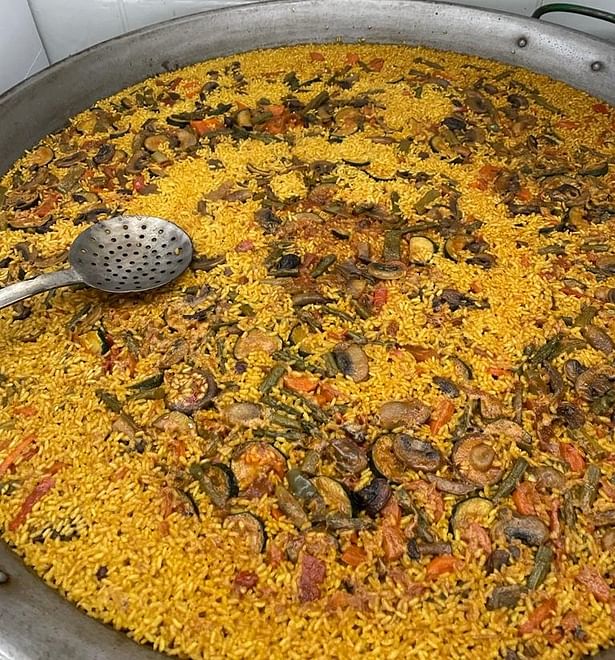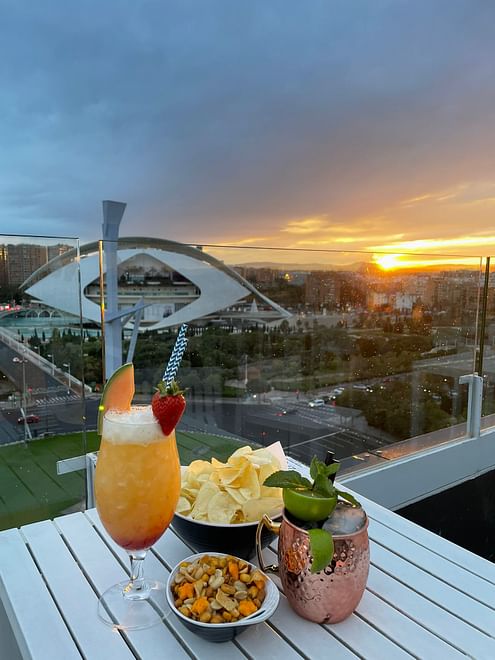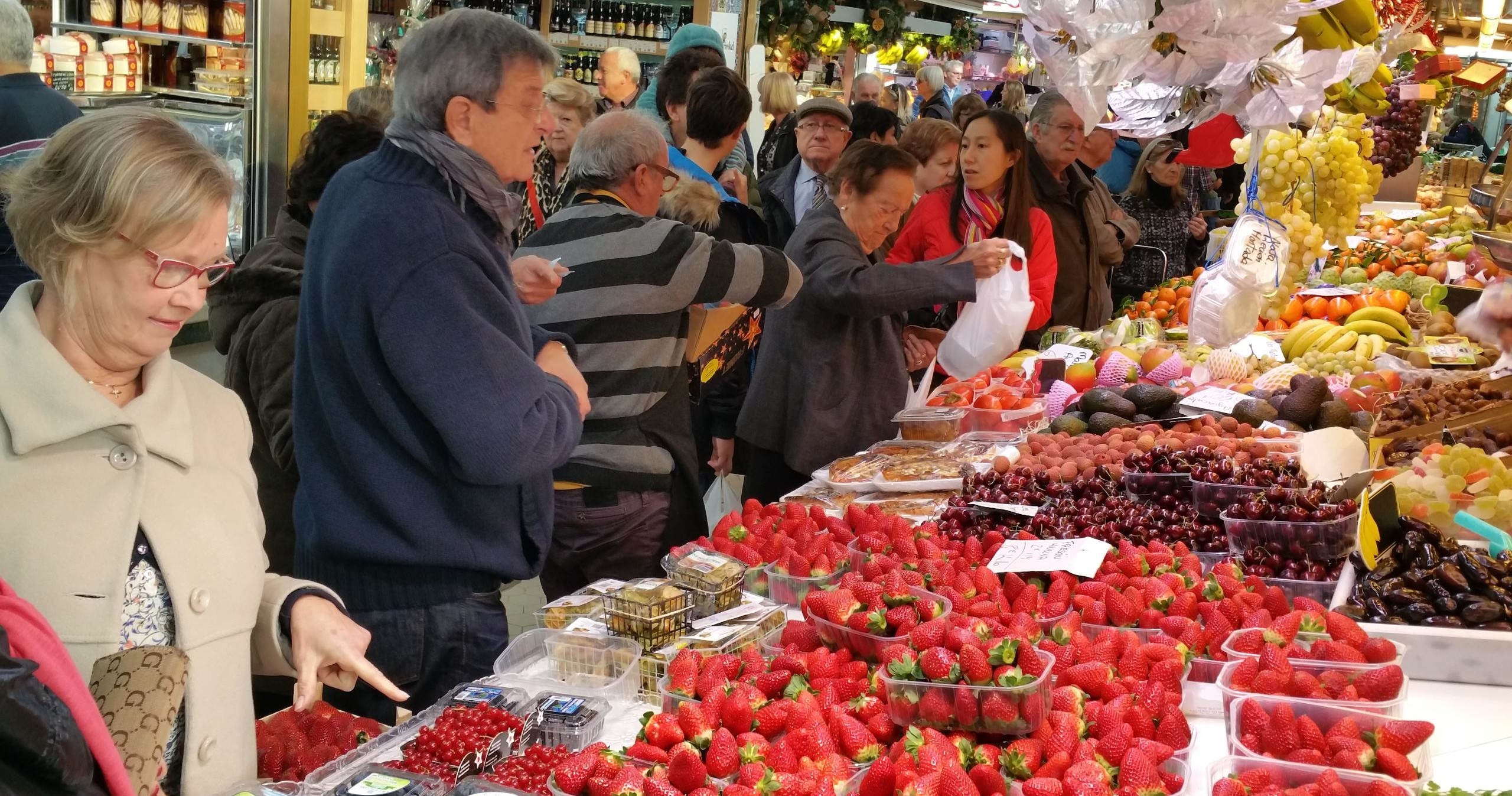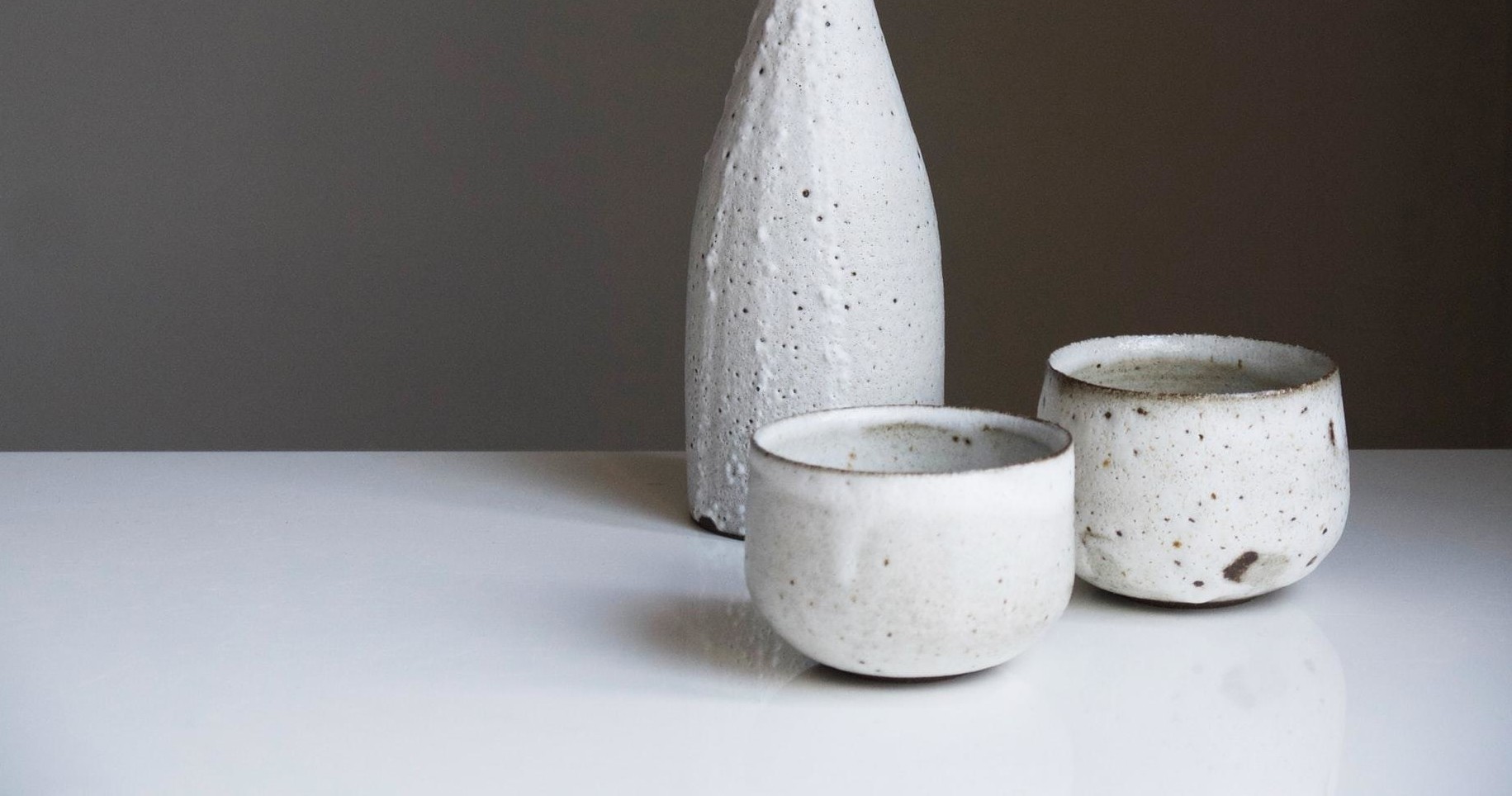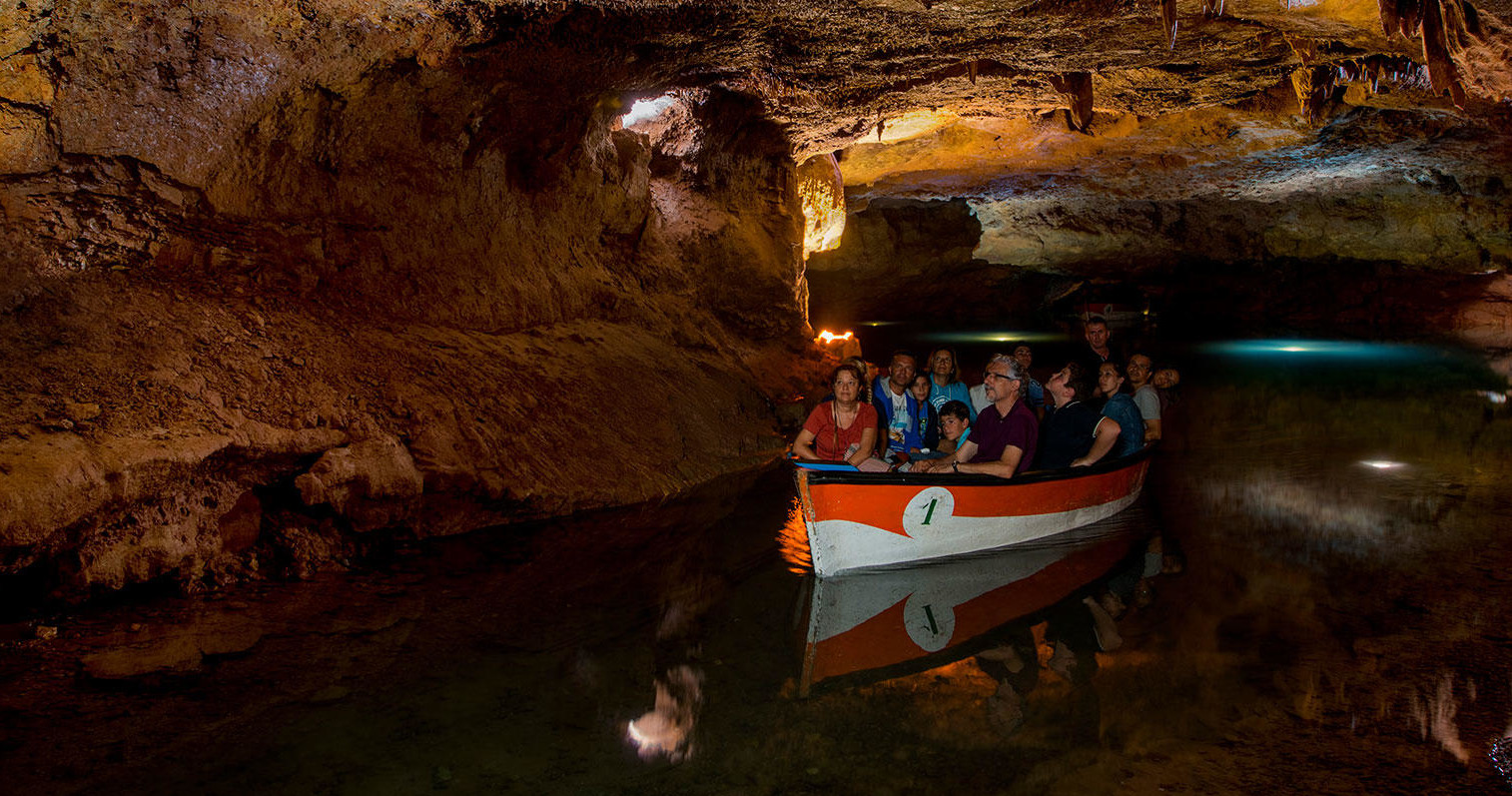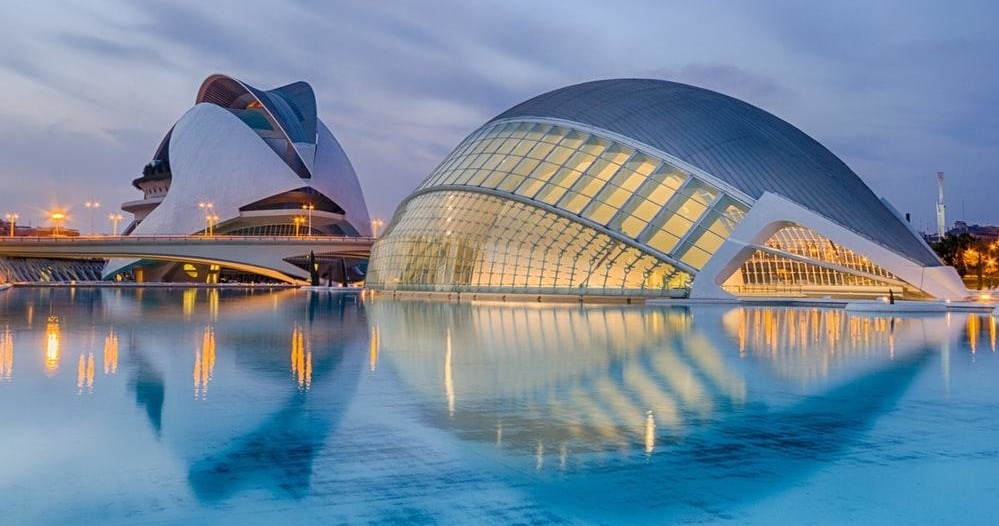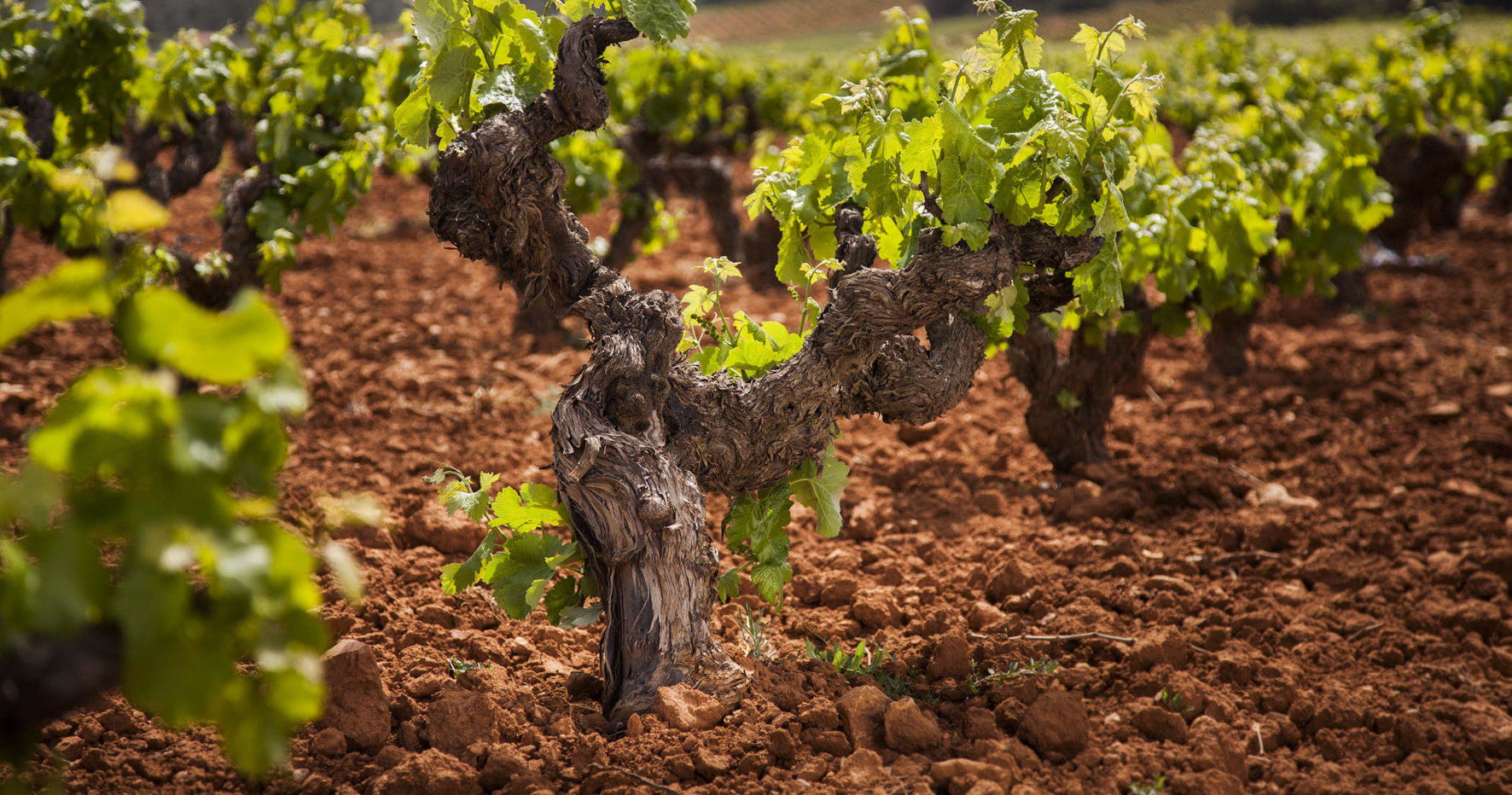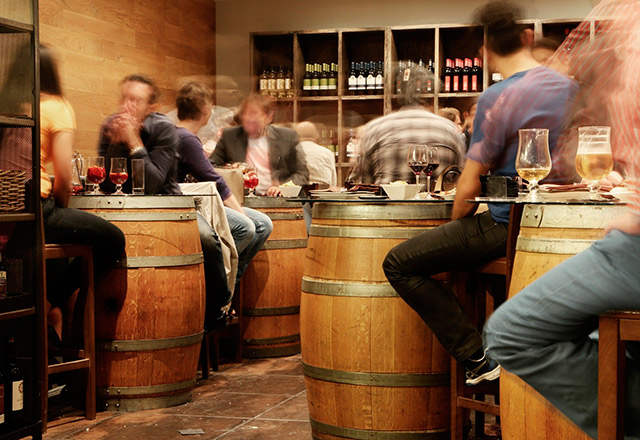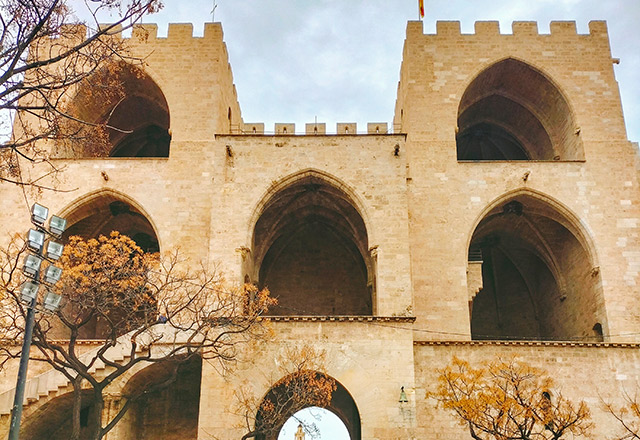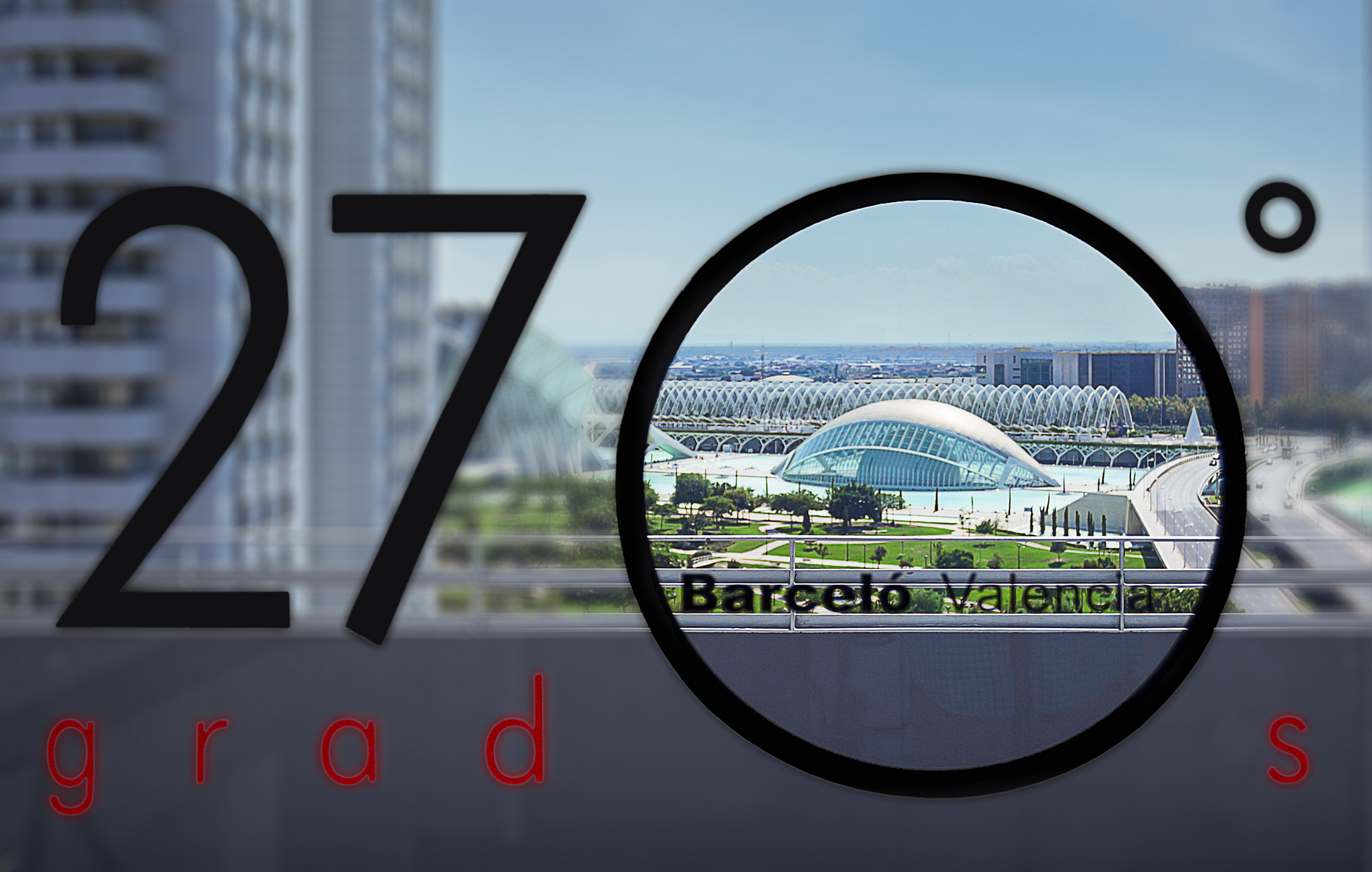The Valencia Museum of Fine Arts, also known as the Museu de Sant Pius V, is the best art gallery in the Valencia Autonomous Region and one of the most important in Spain. Its collection is composed of prints, drawings, sculptures, photographs, decorative arts, archaeological pieces and architectural remains. The one-hundred-year-old museum, which is housed in a magnificent building, dazzles visitors even before they enter.
The building in which the Museum of Fine Arts is housed was built in 1683 as the Sant Pius V Seminary College, at the request of the Archbishop Friar Juan Tomás de Rocabertí. The architect who designed it, Juan Bautista Pérez Castiel, had also been the master builder of the Cathedral of Valencia. The aforementioned education centre was later used as a military academy, a charitable institution, a warehouse for army provisions, a military hospital and, finally, the permanent location of the Museum of Fine Arts.
The museum is situated on the left bank of the old Túria river, right in between the Real and Trinidad bridges. The building’s floor plan is almost completely square and its rooms are structured around a cloister with triple overlapping archwork, which gives way to five lateral arches. Over time it has been renovated and expanded: as part of the fifth and last intervention, in 2017, over 10 million euros were invested to install new entrances, to remove features that were not original (but rather added in the nineteenth century), to consolidate walls, to expand the exhibition space and to create new storage facilities.
The past of the Museum of Fine Arts
The museum origins are linked to the Royal Academy of Fine Art of San Carlos, an entity that was founded 1768 by decree of King Charles III. The initial collection, donated by students and teachers of the Royal Academy, was the foundation of what would later become the great museum. As in other Spanish art museums, the turning point came after the Mendizábal Disentailment (1835–1837), as the art works seized from the convents required a place where they could be preserved: firstly, at the Temple building, and later, in 1839, at the Convent of Carmen Calzado.
In 1936, with the outbreak of the Spanish Civil War, uncertainty returned and the museum was dismantled, with part of its collection even transferred to Madrid. After the war, the convent was in such a state of disrepair that a new location was sought. The chosen place was the museum’s current building: the Sant Pius V Seminary College. Artistic direction of the museum remained in the hands of the Academy of San Carlos until 1913, when the Museum of Fine Arts became an autonomous institution, albeit dependent on the State.
According to historic archives, since its inception, the museum has always been run by distinguished people from the world of culture and renowned artists. In 1984, management was finally transferred to the Valencia Autonomous Region.
What to see at the Museum of Fine Arts
A visit to this marvellous art museum is a great opportunity to enjoy countless works by Valencian artists such as Joan de Joanes, Pinazo, the Ribalta and Vicente López. Needless to say, Sorolla features prominently in the museum with four rooms on one floor and three on another. On the first floor, rooms are themed in the following manner: the figure of Joaquín Sorolla, Sorolla’s influence: his pupils, Sorollismo: Sorolla’s followers, and post-Sorollismo and the revival. And on the third floor: Sorolla’s background, Sorolla’s teachers, and Sorolla’s wider community: his friends, colleagues and his era.
Works by other Spanish and international artists such as Velázquez, Goya, Alonso Cano, Vicente López, Murillo, Andrea del Sarto and Van Dyck are also exhibited in the museum. In addition to paintings, the Museum of Fine Arts also boasts contemporary artworks and some archaeological remains, such as The Iberian Lion of Bocairent and the Early Christian sarcophagus of San Vicente Mártir [Vincent Martyr]. The collection of Gothic tableaus also deserves some of your time.
The Museum of Fine Arts has a magnificent sixteenth-century Renaissance courtyard of the Ambassador Vich, which is practically the same as the one that existed in his palace before it was demolished. Its features were first taken to the Convent of Carmen and then to the museum building. Be sure to set aside a few minutes to observe all its details.
If you are short on time, we recommend taking a basic tour of the museum, including, at the very least, the works mentioned below. Start by admiring the Self-portrait, by Velázquez, who only depicted himself in this painting and in Las Meninas. Another interesting piece is Don Francisco de Moncada, Marquis of Aytona, by Van Dyck, one of the few paintings by the artist in Spain. One of the exhibited paintings by Sorolla that best reflects regional identity is Grupa Valenciana, in which he portrays his children at a country fair. An altarpiece that must be seen for its detail is that of Friar Bonifacio Ferrer, by the Florence-born artist Gherardo Starnina. Other important paintings include Portrait of Doña Joaquina Candado, by Goya; Saint John the Baptist, by El Greco; Saint Sebastian Tended by the Holy Women, by José de Ribera; The Mystical Wedding of the Venerable Agnesio, by Joan de Joanes, and, finally, The Annunciation by Jaume Bacó.
Tours and workshops at the museum
The Museum of Fine Arts offers guided tours, as well as more in-depth guided tours and enhanced-learning tours, which are adapted to audiences so that visitors not only learn but enjoy themselves too. It also offers various types of educational workshops for adults and for children, in addition to conferences on exhibited works, art trends, and cultural movements, among others. You can check the museum’s extensive programme of activities taking place throughout the year on its website.



























































